 |
Poetic of Space
Technique: 22 Photomontages. Variable measures.
2020 - Taxonomías Isomórficas. Le Laboratoire gallery. Mexico City.
"The house is the synthesis of the immemorial remembrance". Gastón Bachelard in La poetique de l'espace (1957).
 |
Poetic of Space
Technique: 22 Photomontages. Variable measures.
2020 - Taxonomías Isomórficas. Le Laboratoire gallery. Mexico City.
"The house is the synthesis of the immemorial remembrance". Gastón Bachelard in La poetique de l'espace (1957).
When the photographic camera turned smaller, it became accessible to a wider social strata and was converted into a technological tool that permitted the creation of a mirror through which the individual and the society as a whole were reflected. My love for collecting vernacular photography started in Berlin in 2015 when I found a street vendor with old photos. I was interested in appropriating these images where an anonymous author captured his pictures with an artistic eye, but at the same time, this appropriation was conditioned by the forms, rules, algorithms and ideas of my own aesthetic. I was interested in general for small photography’s from the 10's, 20's, 40's, 50's and 60's of the XX century. Curiously, starting from the 70's the quality of the photos diminish drastically, and the compositions and themes become uninteresting. The next step was to group the photos, trying to find isomorphic taxonomies, repetitions in the way of seeing, like for example, people portrayed very far away, leaving only small spots with out any facial recognition of the individuals. Also, I was interested by the obsession of people for machines, the automobile, airplanes and boats and ships, and by the activities tied to al these transportation inventions.
I also choosed other themes, like houses (exteriors and interiors), nature (the ocean, rivers, mountains), etc. I think that somehow, I am trying to find a personal version of the Jungian collective unconscious found through the photographic camera.
Poetica del espacio
Técnica: Fotomontajes. Medidas variables.
2020 - Taxonomías Isomórficas. Galería Le Laboratoire. Ciudad de México.
La cámara fotográfica, al volverse pequeña y accesible a las distintas clases sociales, se convirtió en la herramienta tecnológica que permitió la creación de un espejo a través del cual se se han visto el individuo y la sociedad en su conjunto. Mi afición por coleccionar fotografías vernaculas comenzó casualmente en Berlin en 2015 cuando me encontré a un vendedor de fotos viejas en una calle. Me interesó apropiarme de las imágenes en las que un autor anónimo capturaba sus imágenes con un ojo artístico, pero al mismo tiempo, esta apropiación esta condicionada por las formas, reglas, algoritmos e ideas de mi propia estética. Me interesé en general por las fotos pequeñas de los años 20's, 30's, 40's, 50's y 60's. Curiosamente a partir de los 70's me deja de interesar la calidad de las fotos, asi como sus composiciones y sus temas. El siguiente paso fue ir agrupando las imágenes, tratando de encontrar taxonomías isomórficas, repeticiones en la manera de ver, como por ejemplo, gente retratada muy a lo lejos, quedando solo algunos puntos sin definición de caras y personas. También me interesó la obsesión de la gente por las máquinas, por el atuomovil, los aviones y los barcos, y por las actividades que se ligan a estos inventos del transporte.
Quizas, de alguna manera intento encontrar una versión personal del inconsciente colectivo encontrado a través de la cámara fotográfica.
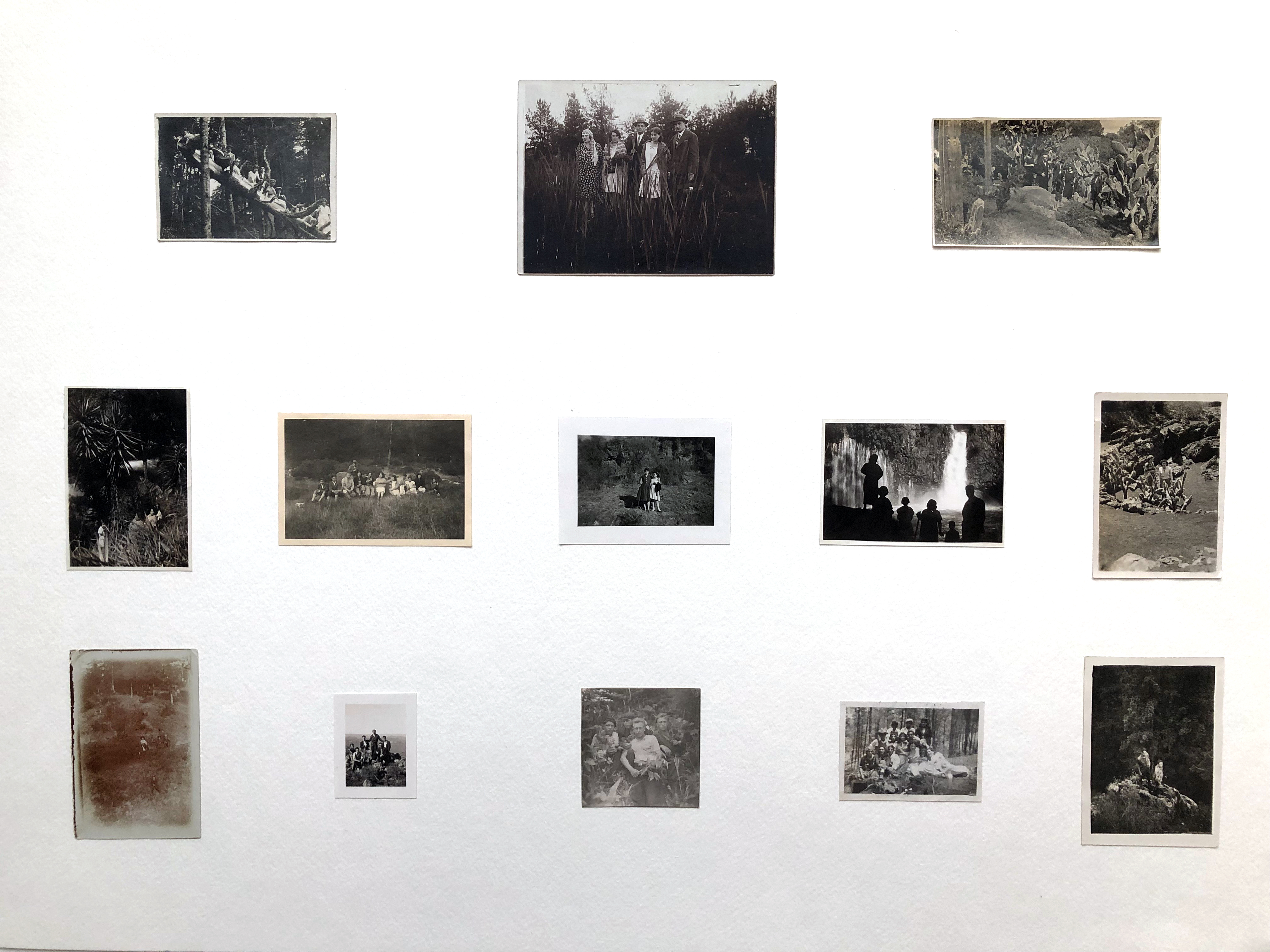
Conjuntos Naturales III - Natural Sets III
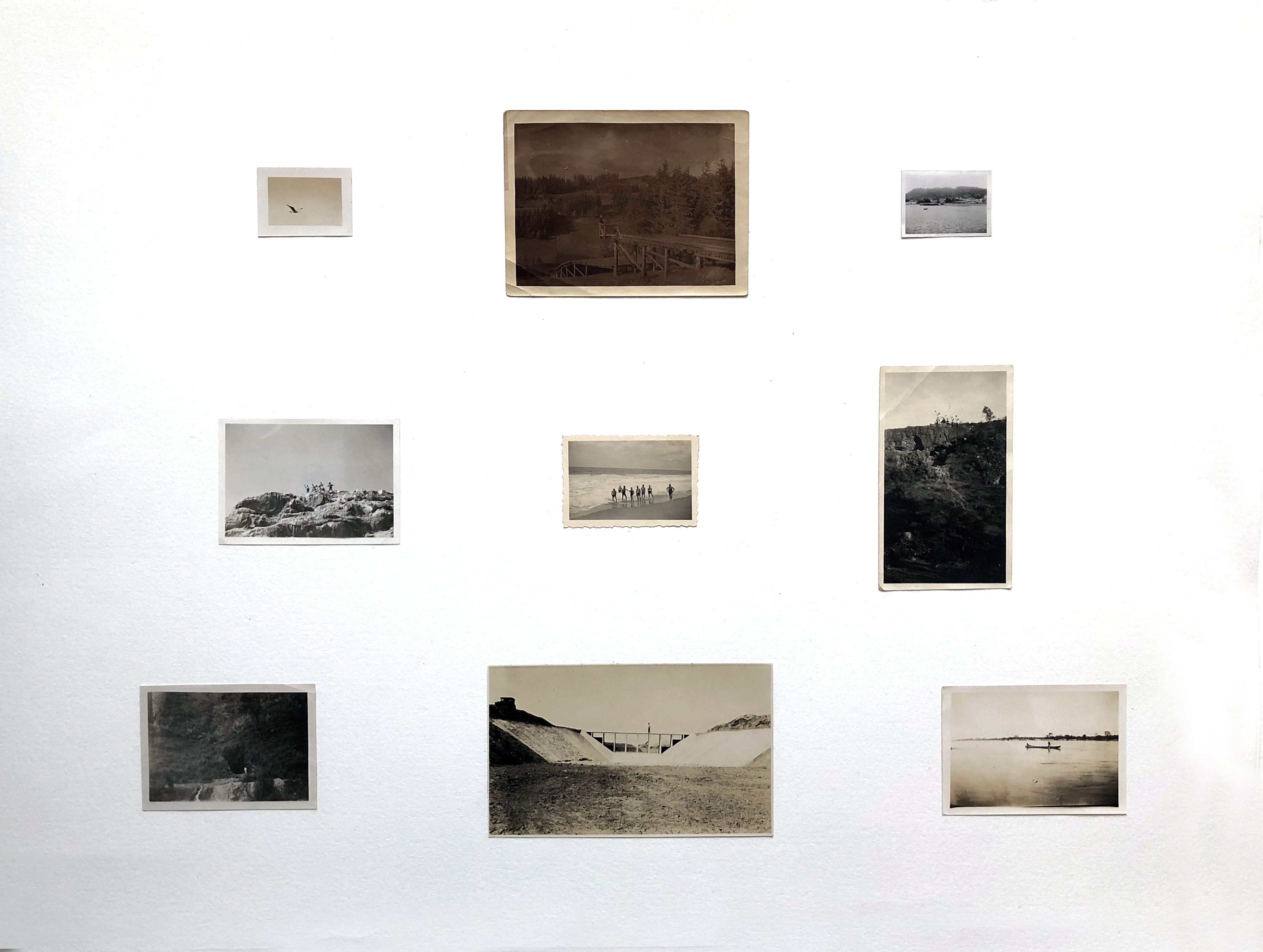
Puntos en fuga II - Vanishing points II
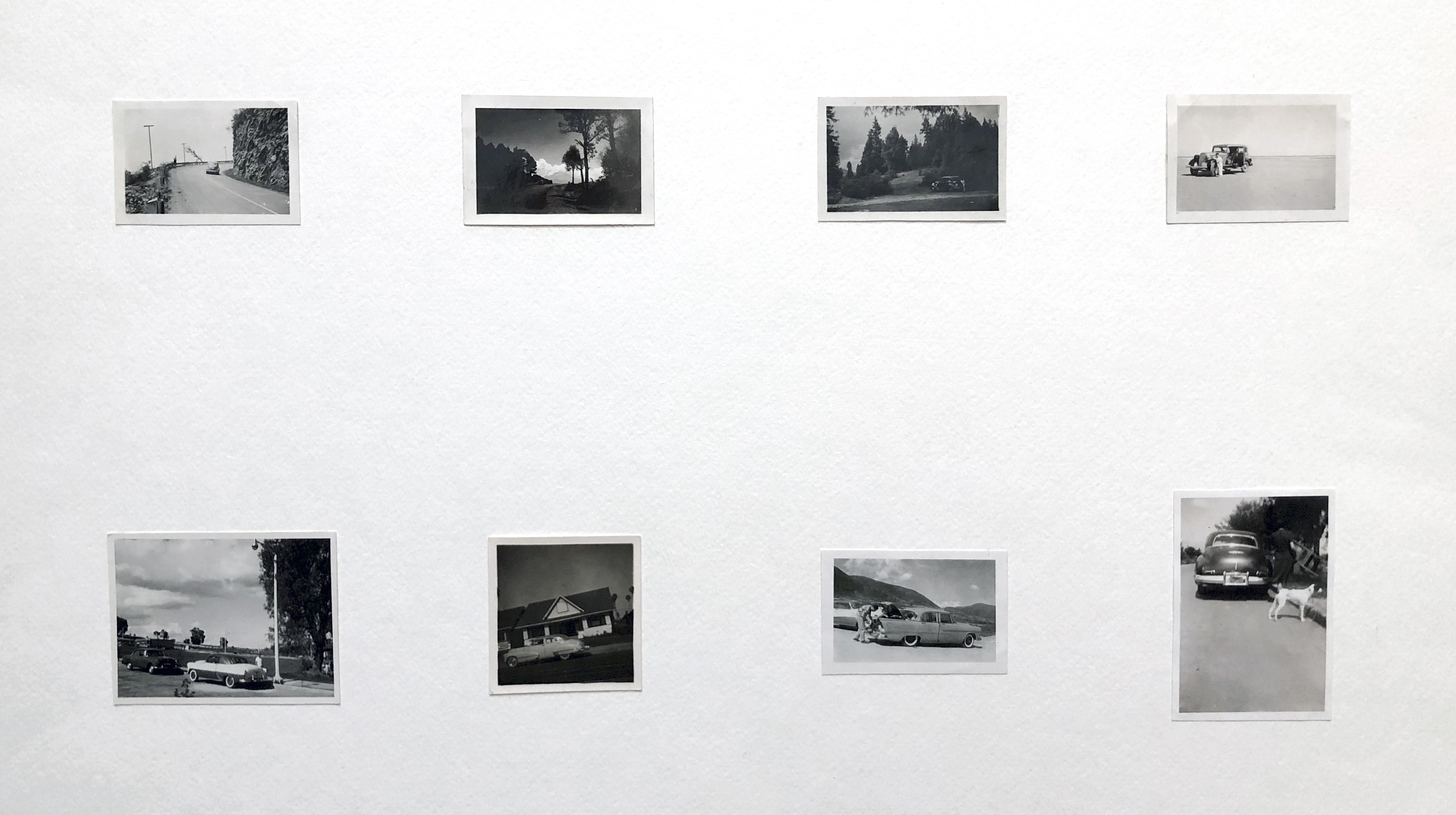
Derivas III - Drifts III

Máquinas para volar- Mchines to fly
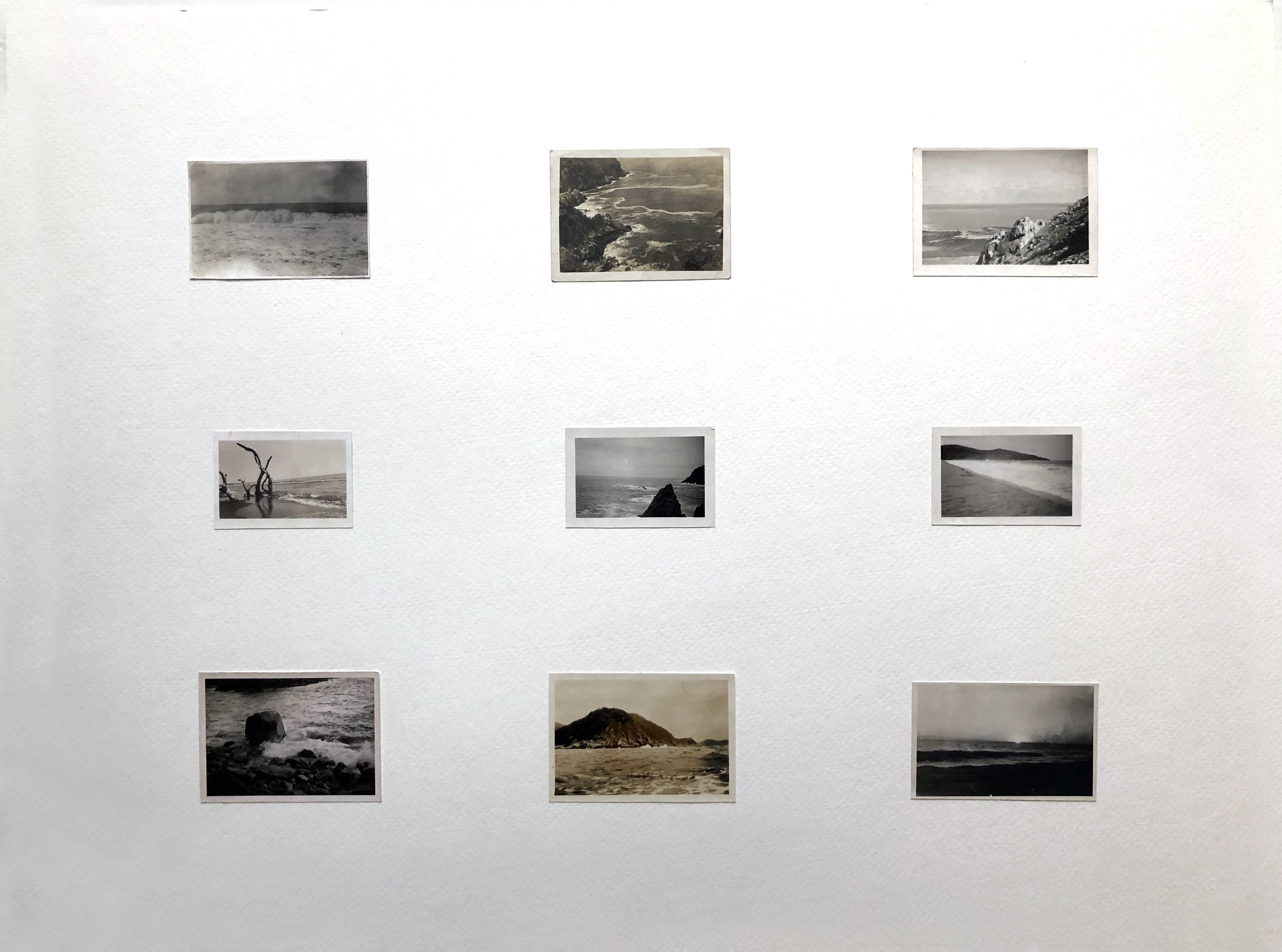
Mar - Sea
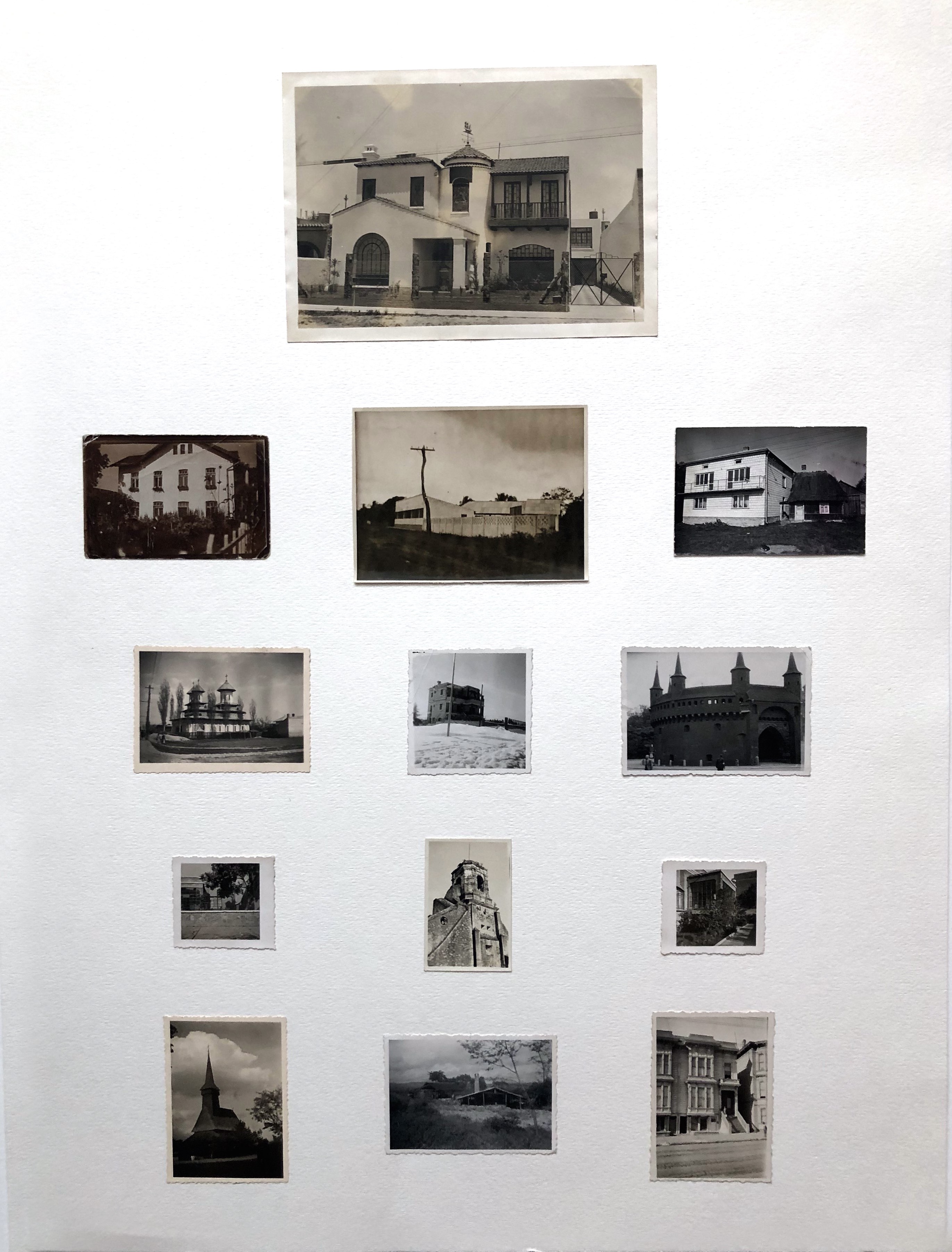
Templo - Temple
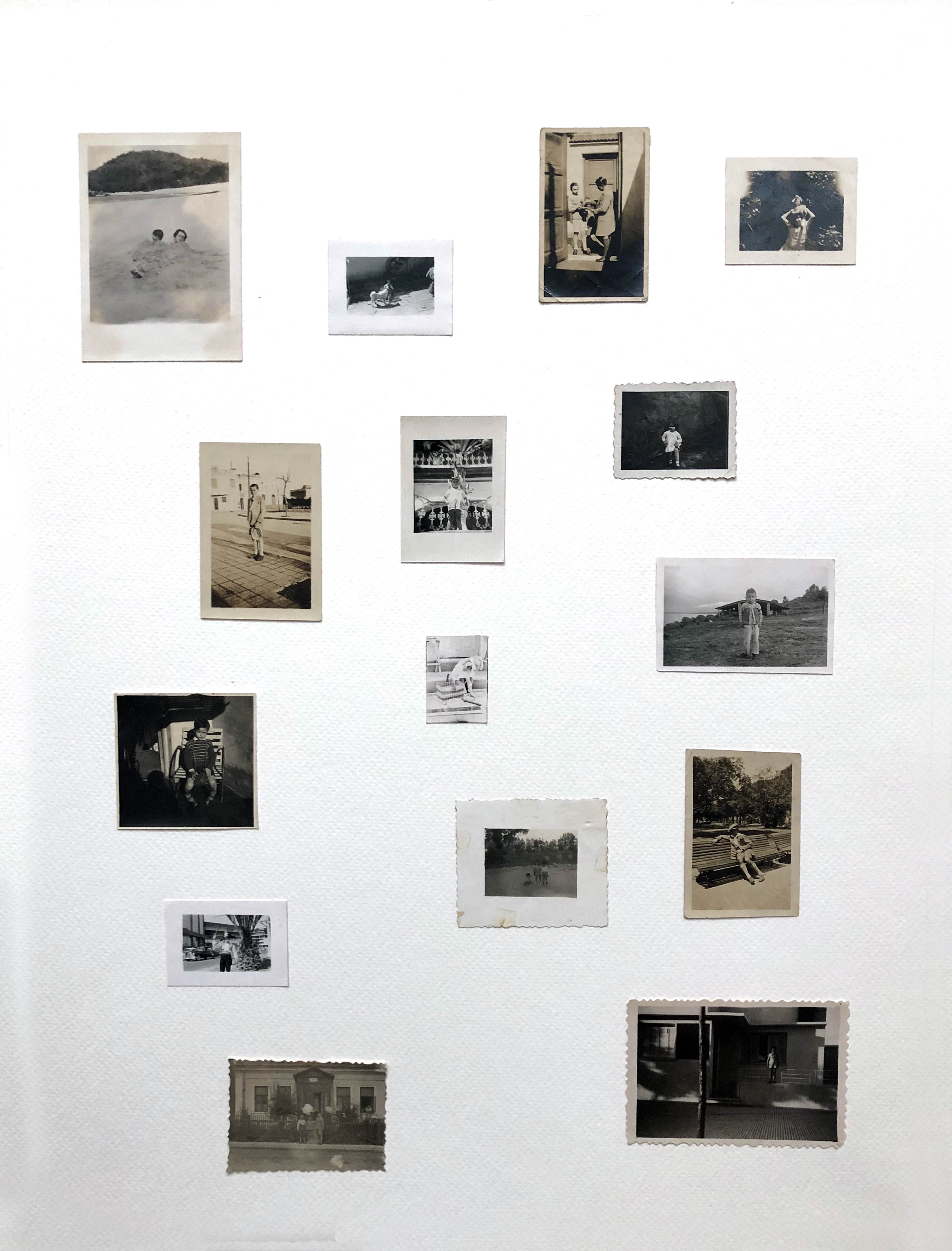
Puntos de partida - Starting points
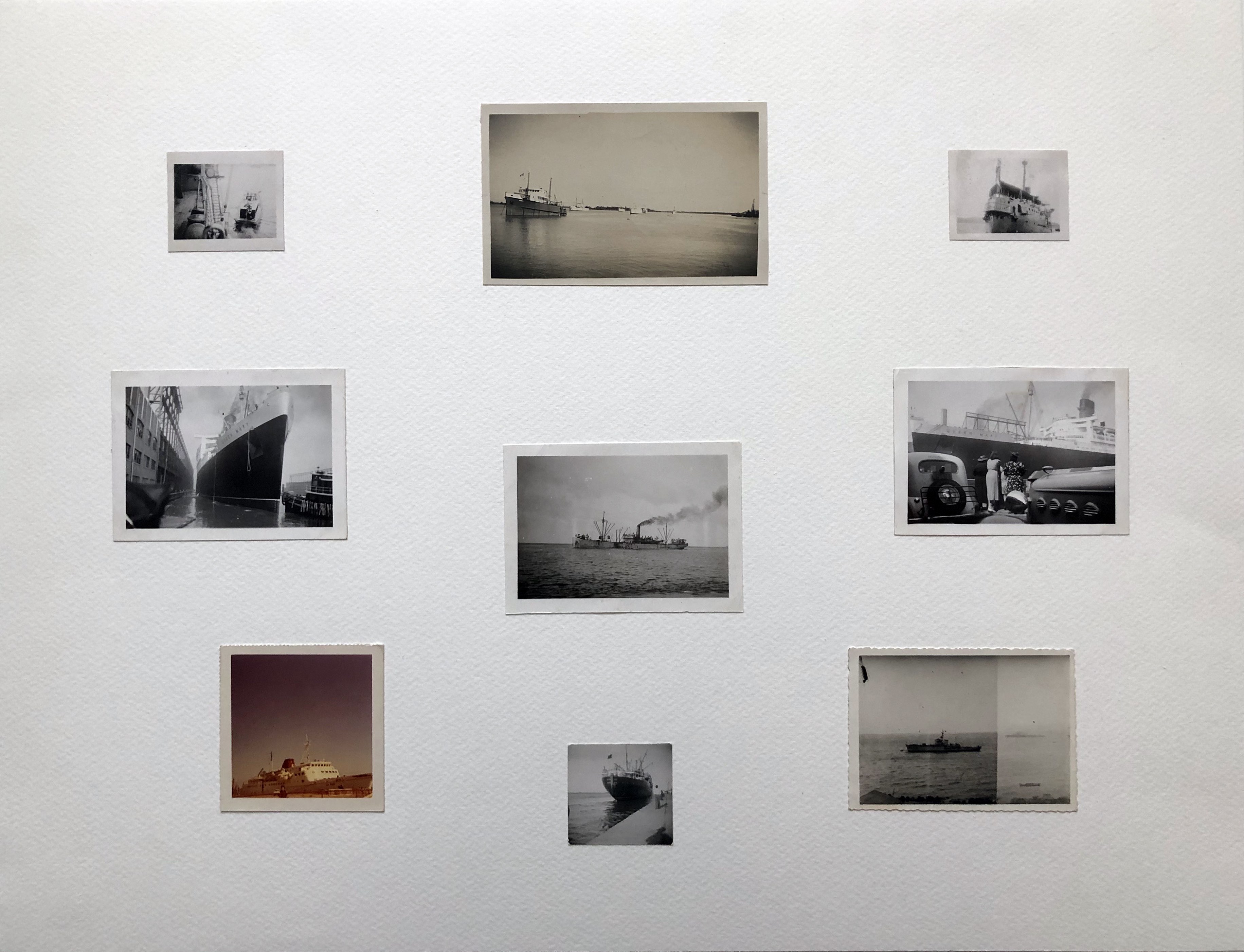
El Viaje - The Trip

Montaña - Mountain
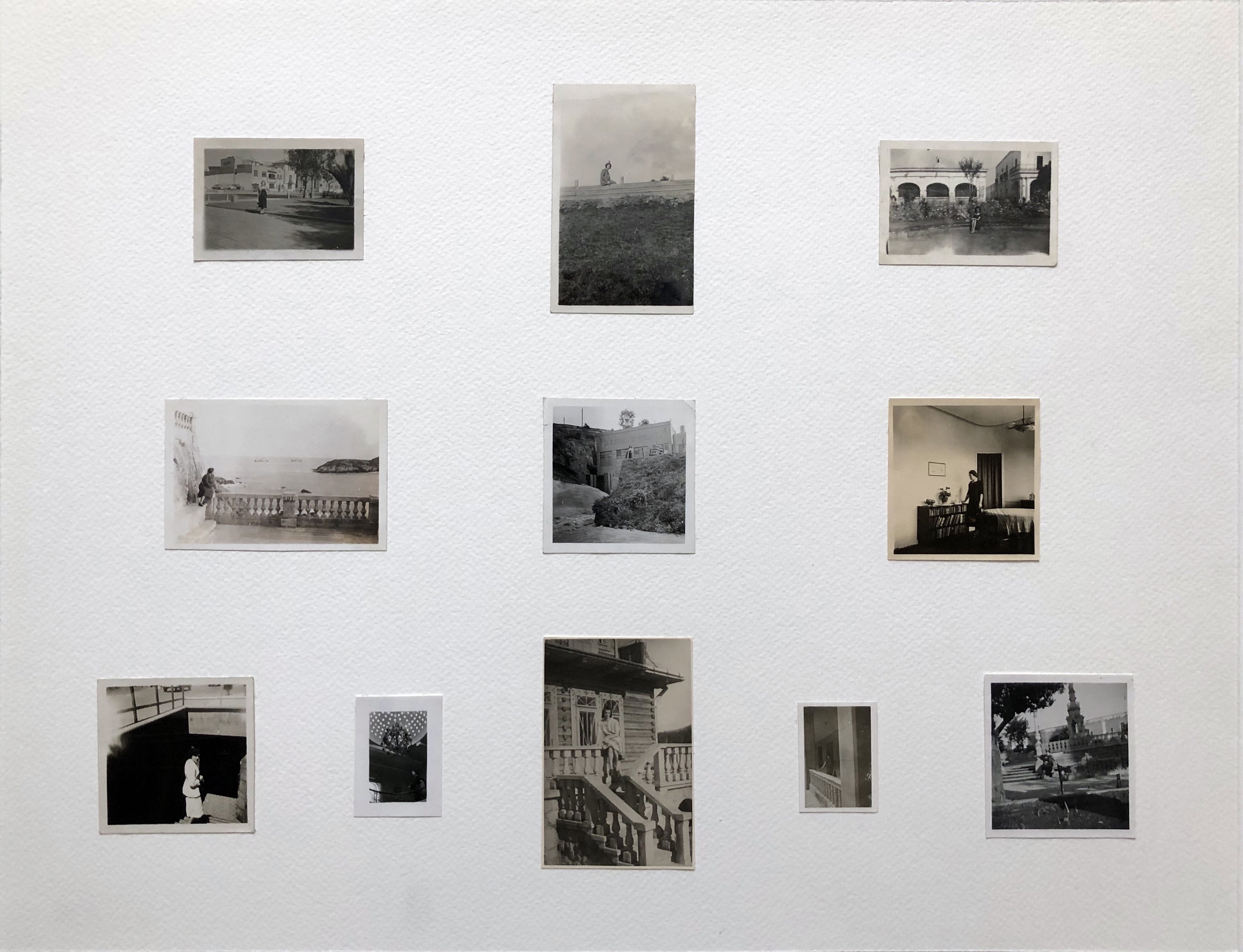
Aniums

Espera - Waiting